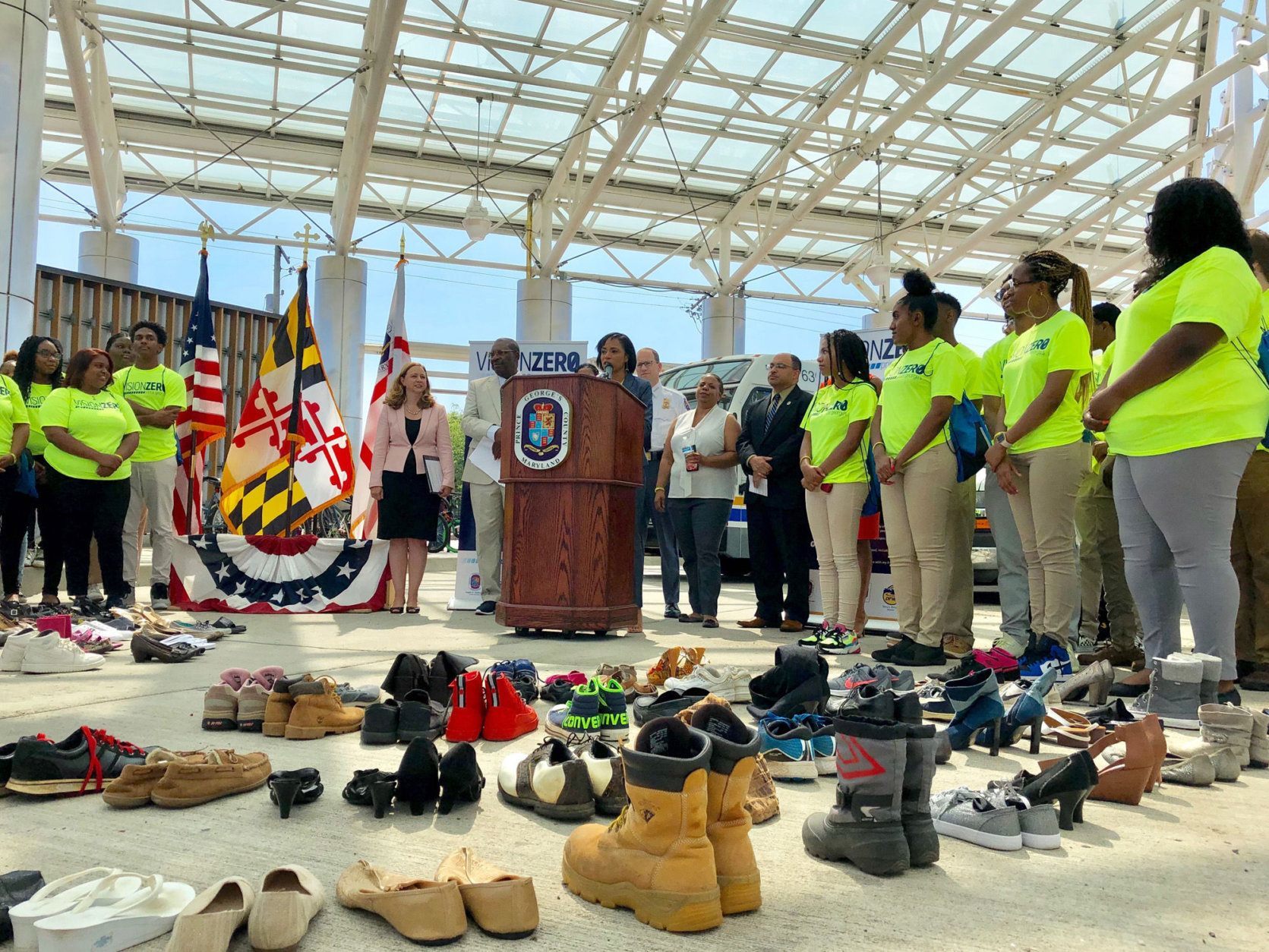
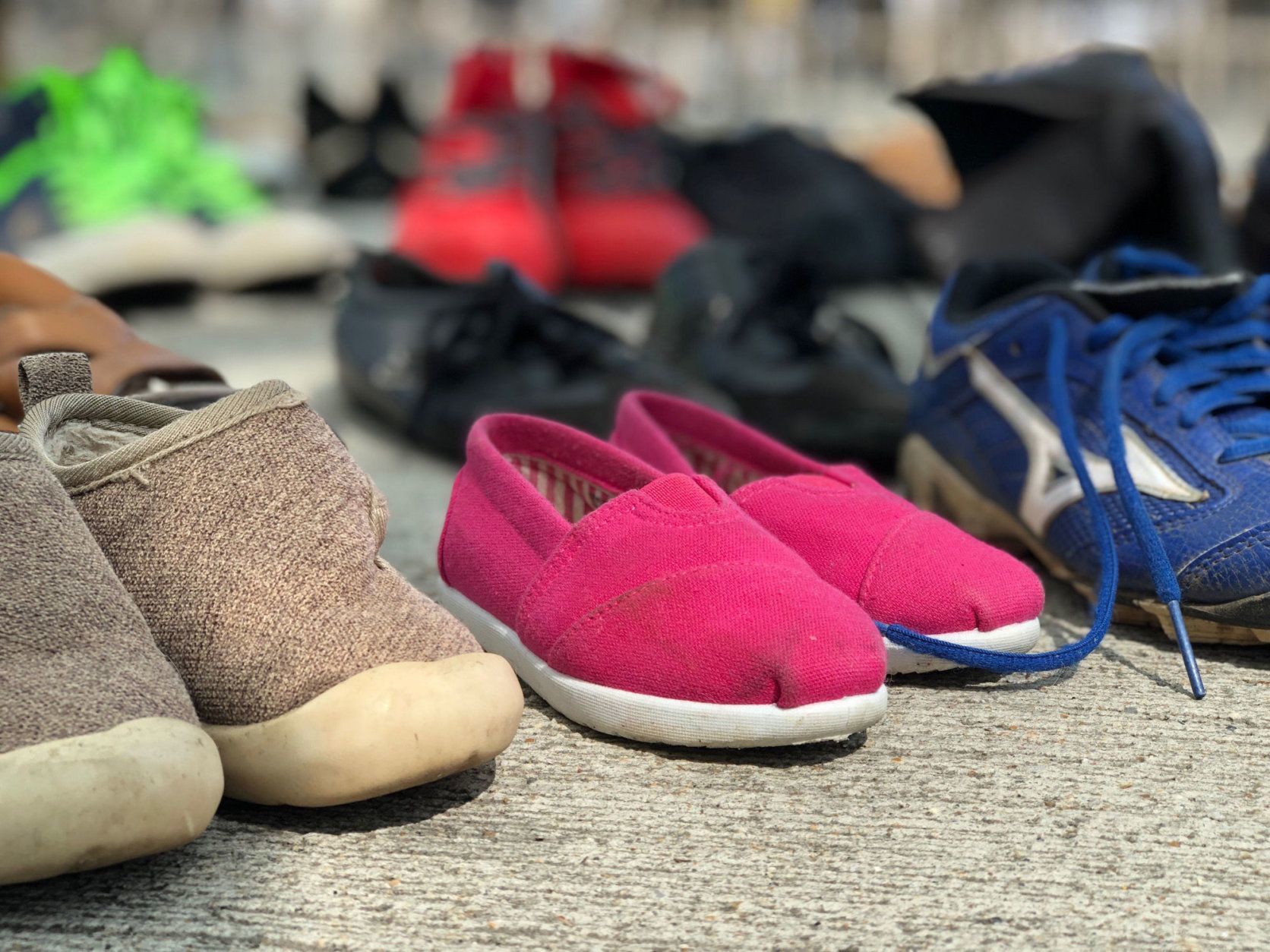
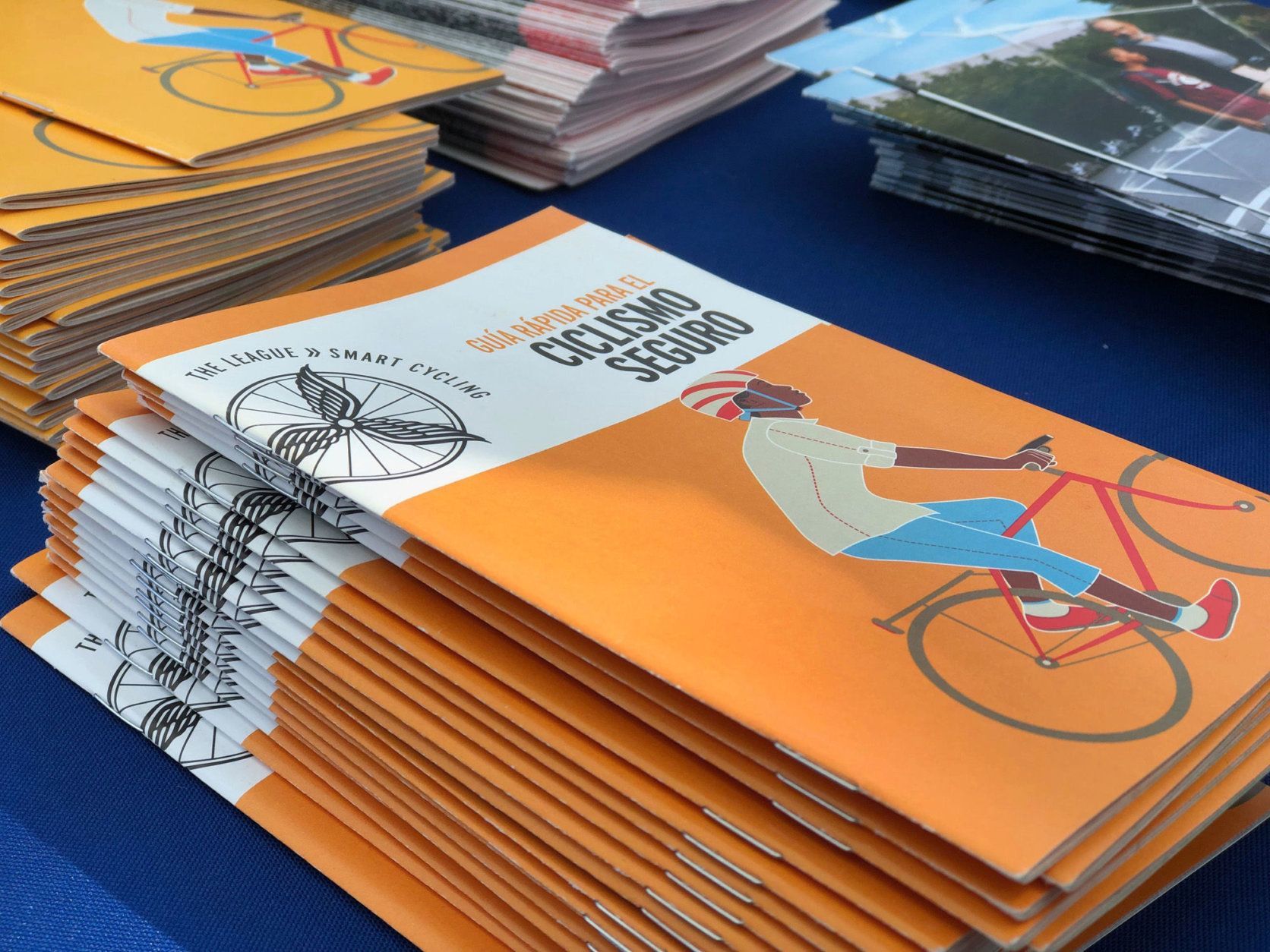
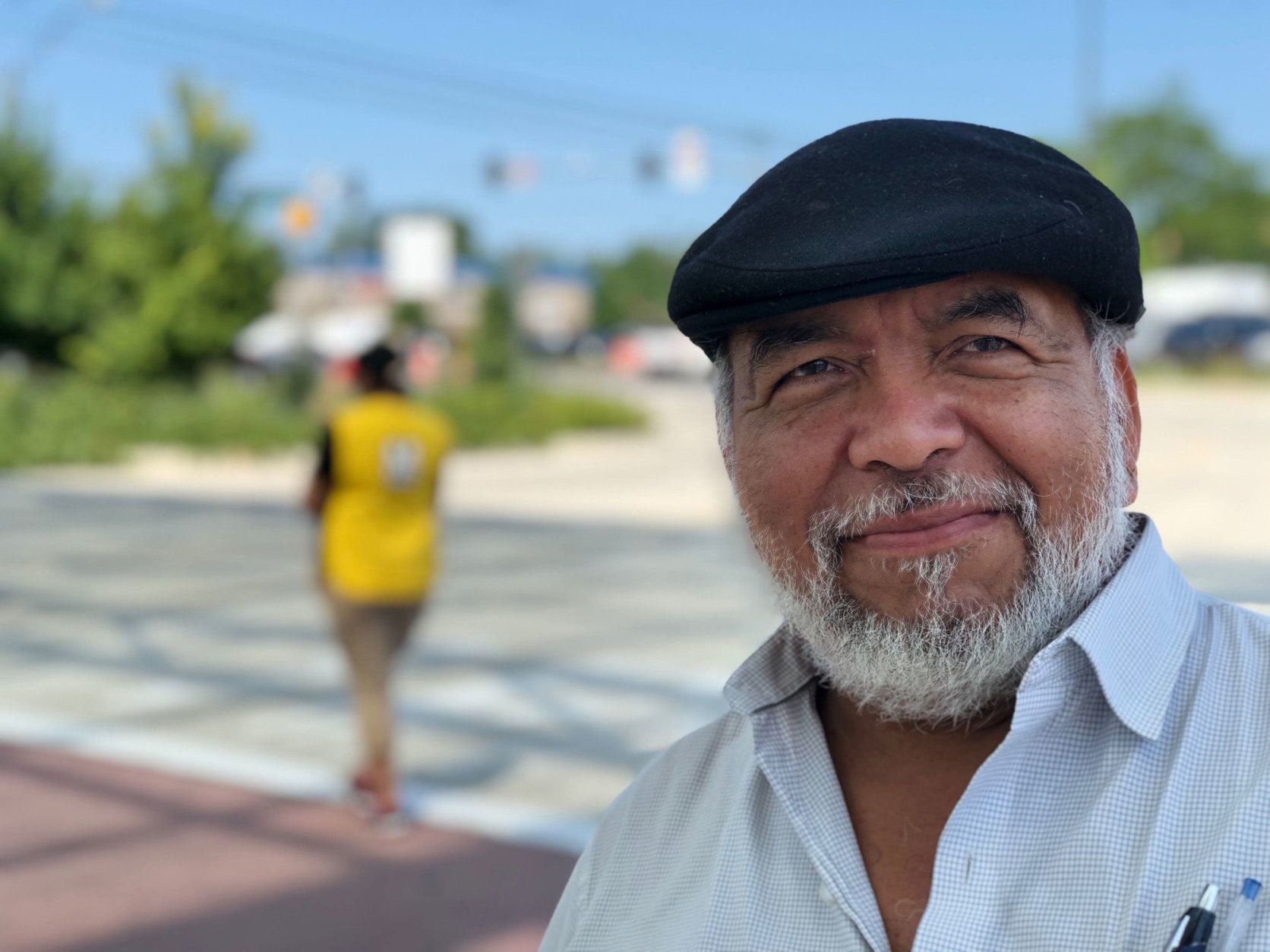
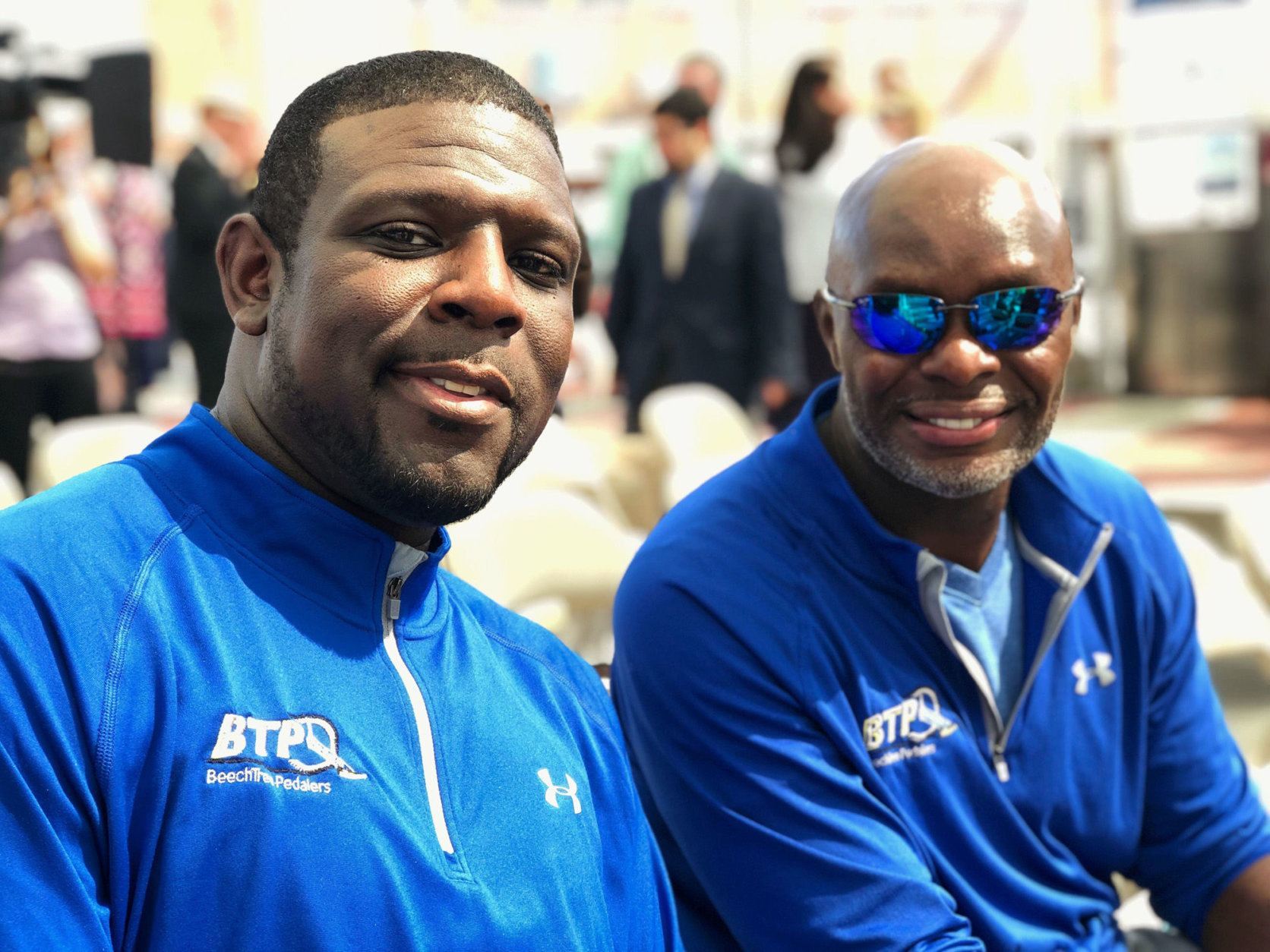
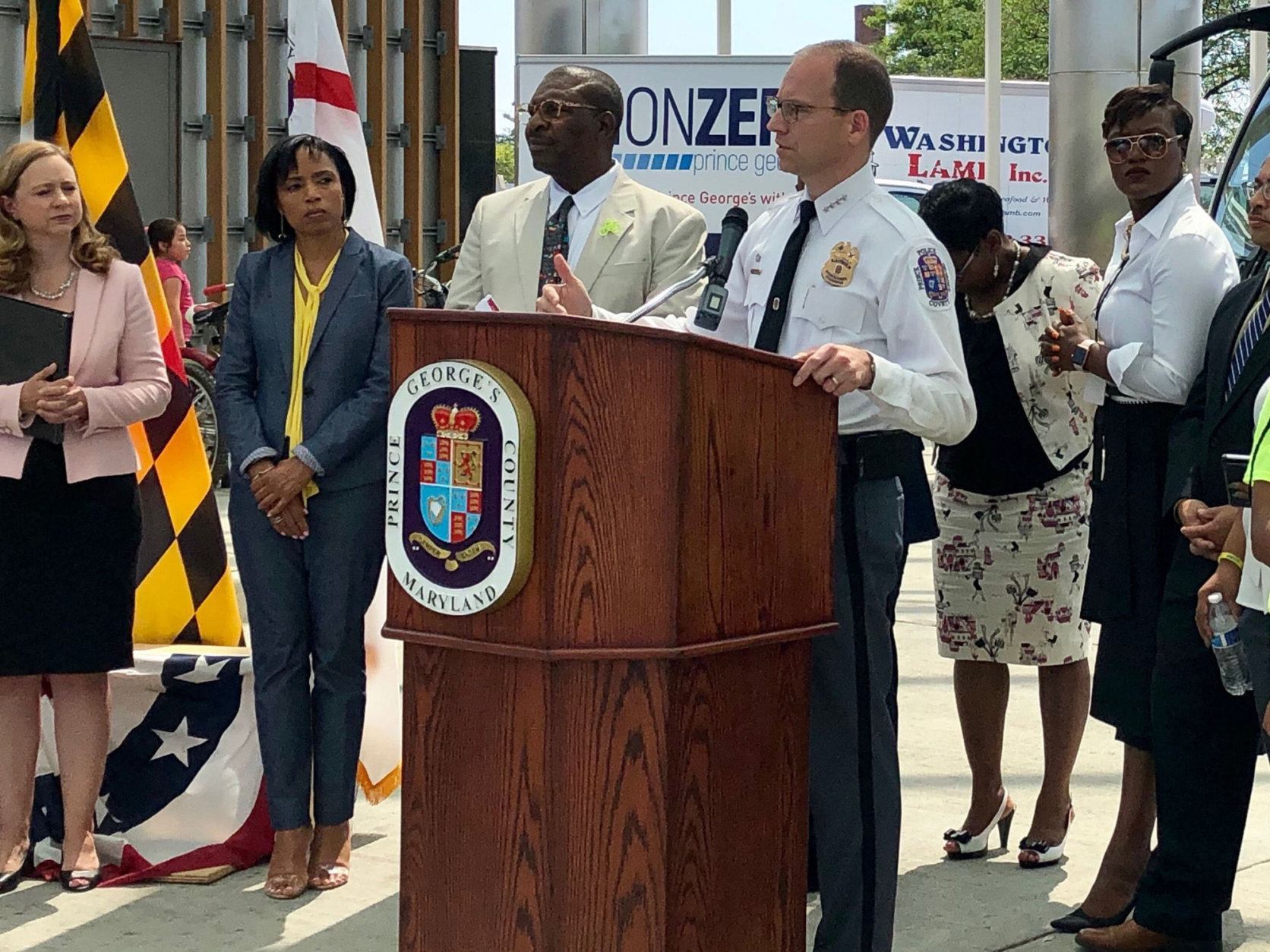
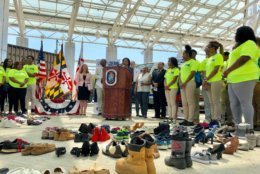
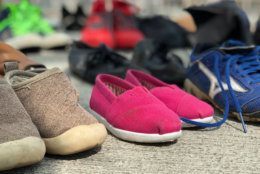

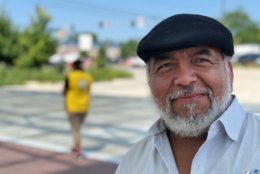
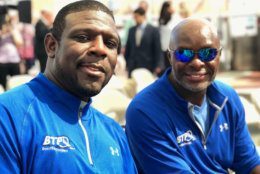
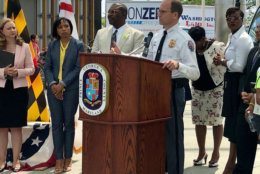
Prince George’s County has adopted an ambitious plan to eliminate road fatalities by 2040.
The pledge to adopt “Vision Zero” was announced this week at the Takoma-Langley Crossroads Transit Center, and the move is being praised by pedestrian and cycling safety advocates as well as police and other first responders.
The announcement was a statement as to what the county intends to do. How it will achieve that goal has yet to be formalized. But the county’s outline for the Vision Zero plan includes six components that include changing road design. Colin Browne, communications director for the Washington Area Bicyclist Association, said that’s critical to any plan for reducing fatalities.
“What we see around the world and across the country, is that the way that you change behavior is you change the built environment,” Browne said.
The Takoma-Langley Crossroads Transit Center is a good example of that principle, Prince George’s County Council member Deni Tavares said. Before the center was built, she said, it was an intersection “that had the highest pedestrian deaths in the whole state of Maryland.”
More than 10 different bus routes were scattered across the intersection of New Hampshire Avenue and University Boulevard East. The result: Transit users would often scramble across multiple lanes of traffic to transfer from one bus route to another.
Now, all bus routes pull into a single depot with clearly marked crosswalks in and around the busy transit hub.
“We were able to reduce the deaths to almost zero” said Tavares.
During the announcement, 99 pairs of shoes ringed the speakers’ podium, representing the 99 people killed in collisions in the county in 2018.
County Executive Angela Alsobrooks talked about the loss of lives, singling out the children’s shoes on display.
“They represent to us and to their families the birthday candles that have not been blown out, the graduation diplomas that will never be received, the first bike rides without training wheels,” she said.
More support for the county’s plans came from those waiting for buses at the intersection of New Hampshire and University.
Ricardo Villalobos, who takes the bus from Northern Virginia to Langley Park each day, said the plan is a good idea. He has a five-block walk from the transit center to his job, and says pedestrians and drivers need to be more aware of their surroundings.
“I’ve seen recklessness on the part of pedestrians who cross the street without looking at the traffic signals,” he said, speaking in Spanish. “And I’ve also seen drivers who are texting, talking on their cellphones, and they’re not taking care to look out for people — so there are accidents.”
Ray Ferguson — president of the BeechTree Pedalers, a group of recreational cyclists — is enthusiastic about the Vision Zero plan. Everyone can play a role in creating safer roads, he said.
“It’s not just about the motorists making bad decisions; it’s not just about the cyclists making bad decisions. It’s about educating one another so that we know what to look for and how to be more deliberate and safe, so that we don’t cause fatalities,” Ferguson said.
Riders with his group recognize that they are categorized as “vulnerable road users” when out on their bikes, he said. They practice safe riding and encourage others to do the same.
“We look out for each other when we’re out on the road,” said Ferguson, who also had a message to drivers:
“We’re trying to look out for you. Hopefully, you’re looking out for us, and let’s all get home in one piece.”
The need for that kind of caution will grow as back-to-school traffic increases in the next few weeks. There will be a greater police presence at particular intersections, county police Chief Hank Stawinski said. The goal: Educate as well as enforce traffic laws.
Getting to zero, Stawinski said, means cooperation among road users.
“We’ve all got to look out for one another,” he said.
WTOP’s Kate Ryan reported from Langley Park, Maryland.








